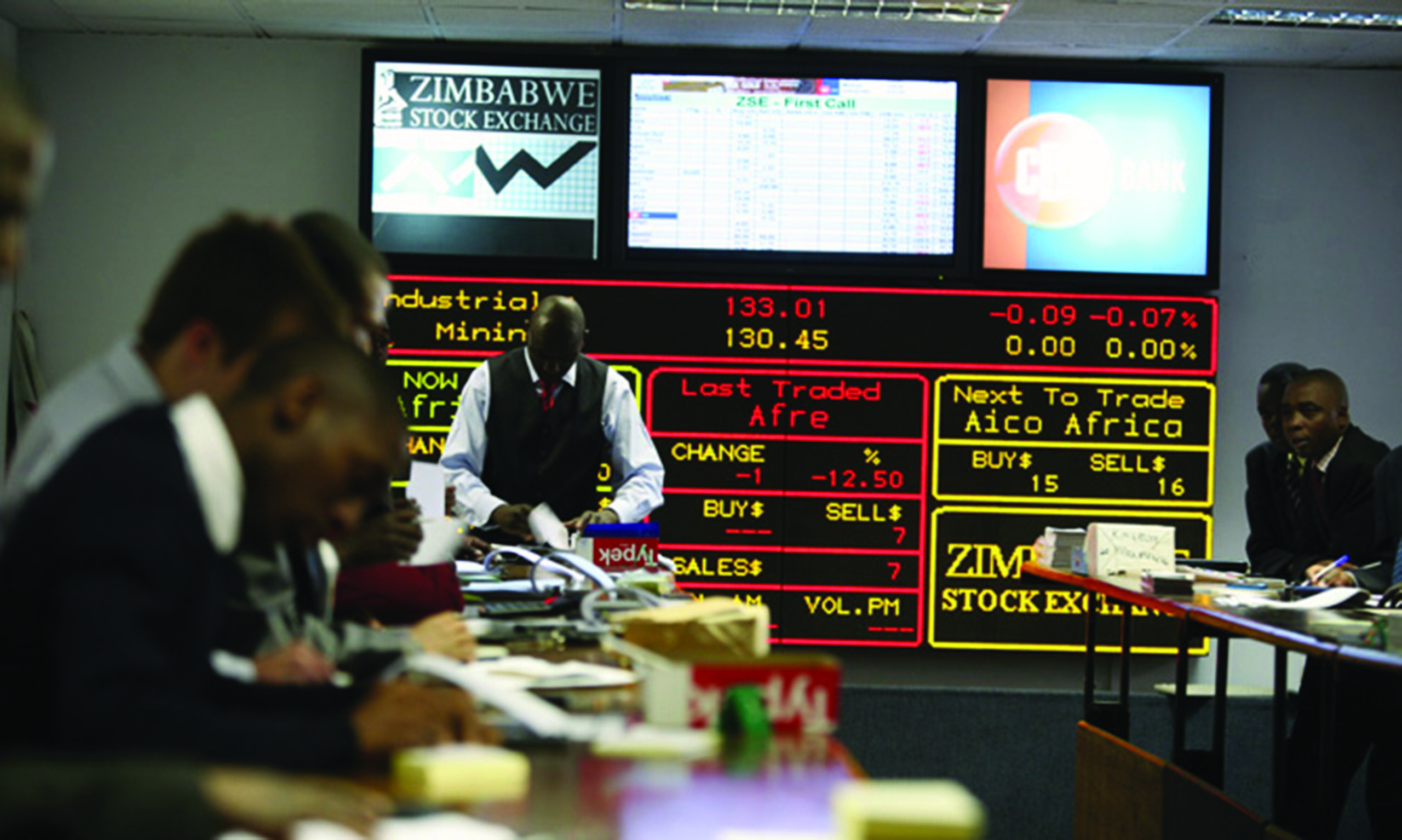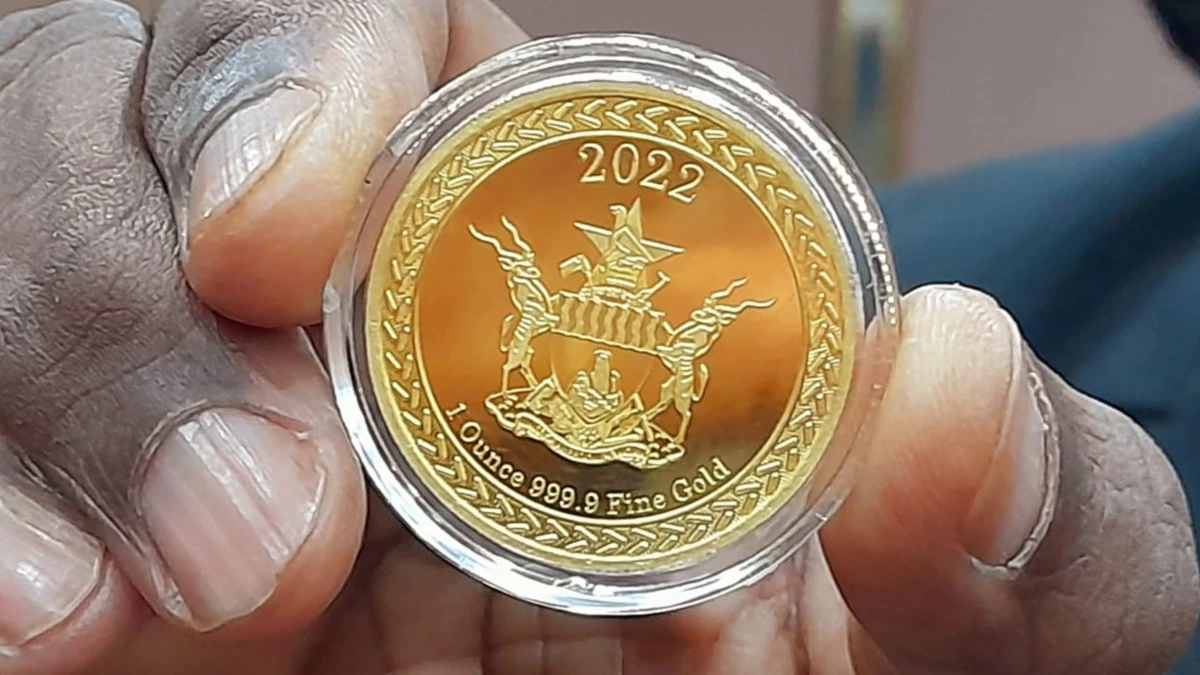
TAFARA MTUTU LATELY, some investors have voiced their worries regarding the viability of investing on the Zimbabwe Stock Exchange (ZSE) in light of a year-to-date performance beyond 100% on several counters on the stock exchange like Simbisa Brands, Axia Corporation, and Ecocash Holdings.
Simbisa Brands has gained 214% since the year began, while Axia Corporation and Ecocash Holdings have gained 233% and 99%, respectively, over the same period.
Overall, the ZSE has gained 65% between January and April 2022 while Consumer Price Index (CPI) growth over the same period has been 20%.
In addition, the official exchange rate has incommensurately depreciated by 35% over the same period. This has been accompanied with the question, “Is the ZSE in a bubble?”
According to usnews.com, a stock market bubble is a rapid rise in the price of stocks or other assets that is not justified by fundamentals and is usually followed by a sharp fall in prices once investor enthusiasm wanes.
Stock market bubbles develop when (i) investors do not understand the fundamental drivers of the stock market and (ii) the building blocks of fundamentals-driven are not clear and investors “go with the flow”, creating an air of speculative buying.
In some cases, a phenomenon known as the Greater Fool Theory fans the market rally. This phenomenon manifests when investors are aware that an asset is overvalued and still purchase it in hopes of disposing it at an even higher price to another buyer manifesting the same phenomenon — a classic act of tossing a grenade to the next person before it explodes. Bubbles can manifest in stock markets, commodity markets, credit, or any other asset class.
The earliest documented case of bubble was documented in the Dutch Republic in 1634 where speculators bought tulip bulbs, which were a coveted symbol of status at the time.
- Chamisa under fire over US$120K donation
- Mavhunga puts DeMbare into Chibuku quarterfinals
- Pension funds bet on Cabora Bassa oilfields
- Councils defy govt fire tender directive
Keep Reading
When demand for the flowers collapsed in 1637, the price of tulip bulbs crashed to the detriment of speculative investors.
This case of stock market bubbles subsequently gave rise to the term, “tulip mania”, a metaphor for a large economic bubble in modern times.
Another popular case of economic bubbles is the dot com bubble that occurred between 1995 and 2002. When the internet’s relevance began extending beyond government use in the 90’s, it underscored the surge in the price of internet stocks,which led to the NASDAQ’s stratospheric gain of 579% between 1995 and 2000.
However, a series of bankruptcies by these internet companies became the pin that popped the dot com bubble in 2002.
The most recent known bubble is the US housing market bubble that unravelled in 2007 and became the prologue to the global financial crisis of 2008.
According to Sanlam, US house prices nearly doubled between 1996 and 2006 on the back of low interest rates and poor due diligence on fixed income instruments. House prices began to slide in 2006 and ripple effects led to the biggest global contraction since the 1930s.
Bubbles often unravel in five phases, namely (i) displacement, (ii) boom, (iii) euphoria, (iii) profit-taking, and (v) panic.
The displacementphase is driven by a new paradigm thatcreates the bubble.
In the above examples, the highly coveted symbol of status of the tulip bulb, the”Web 1.0” craze during the 90’s, and the historically low mortgage rateswere the architects of the bubbles that these paradigms preceded.
A closer look at Zimbabwe’s broader economic landscape and local capital markets reveals oneremotely potential paradigm that could warrant investor’s worries, that is, the dramatic increase in retail investor activity since the introduction of the ZSE Direct platform in 2020.
The growth in the platform’s users also coincides with unreal price growth in many small cap stocks throughout 2021, like Getbucks’ and Unifreight’s respective YTD gains of 16,011% and 4,700%.
However, we opine that this is not enough to warrant a bubble in the same way that the GameStop saga did not culminate in a stock market bubble in 2021.
The second part is the boom phase that is characterised by a gain in price momentum that is driven by a fear of missing out more than fundamentals.
While stock prices on the ZSE have been relentlessly going up, these movements have been fundamentally driven by the depreciation of the local currency on the parallel market.
The bourse’s 60% YTD growth coincides with the 60% depreciation of the currency from 200 at the beginning of the year to 320 in the second week of April 2022.
Further, we observe that the market also incorporates future currency rates in current market prices, and given the progression of local rates to date, this is likely to fundamentally drive prices even higher up throughout the year without creating a bubble.
The euphoria stage that follows is characterised by the investors exhibiting the Greater Fool Theory. Evidence of the euphoria stage on the ZSE is very limited and inconsistent.
The introduction of punitive capital gains tax on stocks held for less than six months has also deterred any speculative investor activity on the exchange.
The profit-taking stage hardly applies to the ZSE given that the bourse is among the best inflation-hedging avenues in Zimbabwe in the absence of liquidity on the Victoria Falls Exchange (VFEX) and accessible mortgage facilities for real estate investments.
We opine that a panic phase, though subjective, is unlikely to manifest given that the lack of evidence of the first four phases.
We reiterate that overall; the ZSE is fairly valued with developments around parallel market rates strongly driving asset prices. We note that there are some stocks that have rallied ahead of fundamentals, but ZSE stock prices are notoriously sticky-down, and this often limits downside risk for investors.
There also remain pockets of opportunity to earn a real return on the ZSE that investors should consider with the help of their investment adviser.
- Mtutu is a research analyst at Morgan & Co. — tafara@morganzim.com or +263 774 795 854










